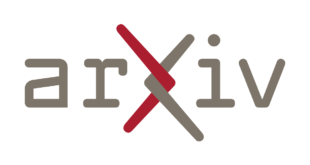In its latest bid to boost semiconductor production in the U.S., the Trump administration is reportedly considering a ratio-based approach that would penalize domestic manufacturers with tariffs if they don’t produce enough chips.
The administration is weighing a policy that would mandate U.S. semiconductor companies to manufacture the same number of chips in the U.S. as their customers import from overseas manufacturers, the Wall Street Journal reported, citing anonymous sources.
Companies that don’t comply with this 1:1 ratio will be subject to tariffs, the report said, though the timeline to achieve this ratio isn’t clear.
President Donald Trump has been talking about imposing tariffs on the semiconductor industry since the beginning of August.
Such a ratio-based approach would be unusual if the administration wants to achieve its goal of bringing semiconductor manufacturing back stateside. It could eventually lead to more domestic semiconductor production, but it has the potential to hurt the U.S. chip industry until manufacturing ramps up to meet the immense demand.
Getting domestic chip manufacturing plants off the ground is neither a small nor a fast endeavor. Intel’s Ohio plant, originally slated to open this year, has been delayed multiple times and is now targeting a launch in 2030.
Meanwhile, Taiwan Semiconductor Manufacturing Company (TSMC) in March said it is committing $100 billion over the next four years for building infrastructure to support chip production plants in the U.S., though it was light on details.
Techcrunch event
San Francisco
|
October 27-29, 2025
Source link
 Deep Insight Think Deeper. See Clearer
Deep Insight Think Deeper. See Clearer

